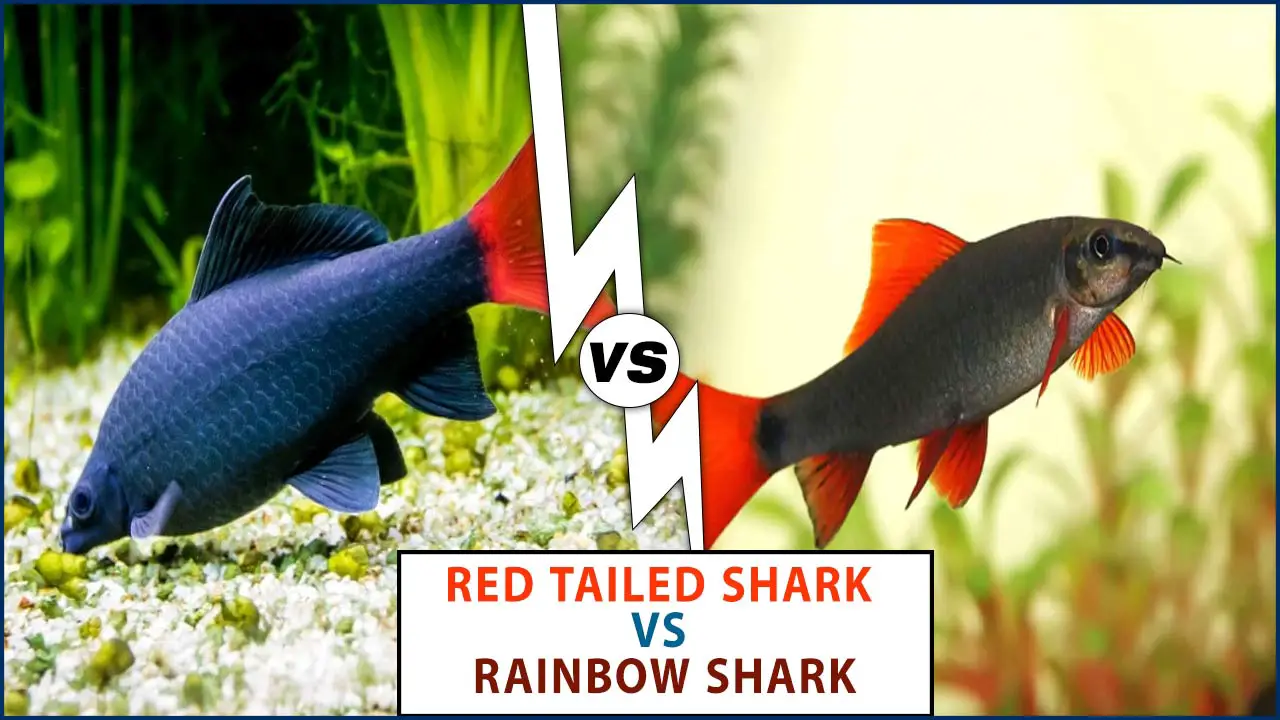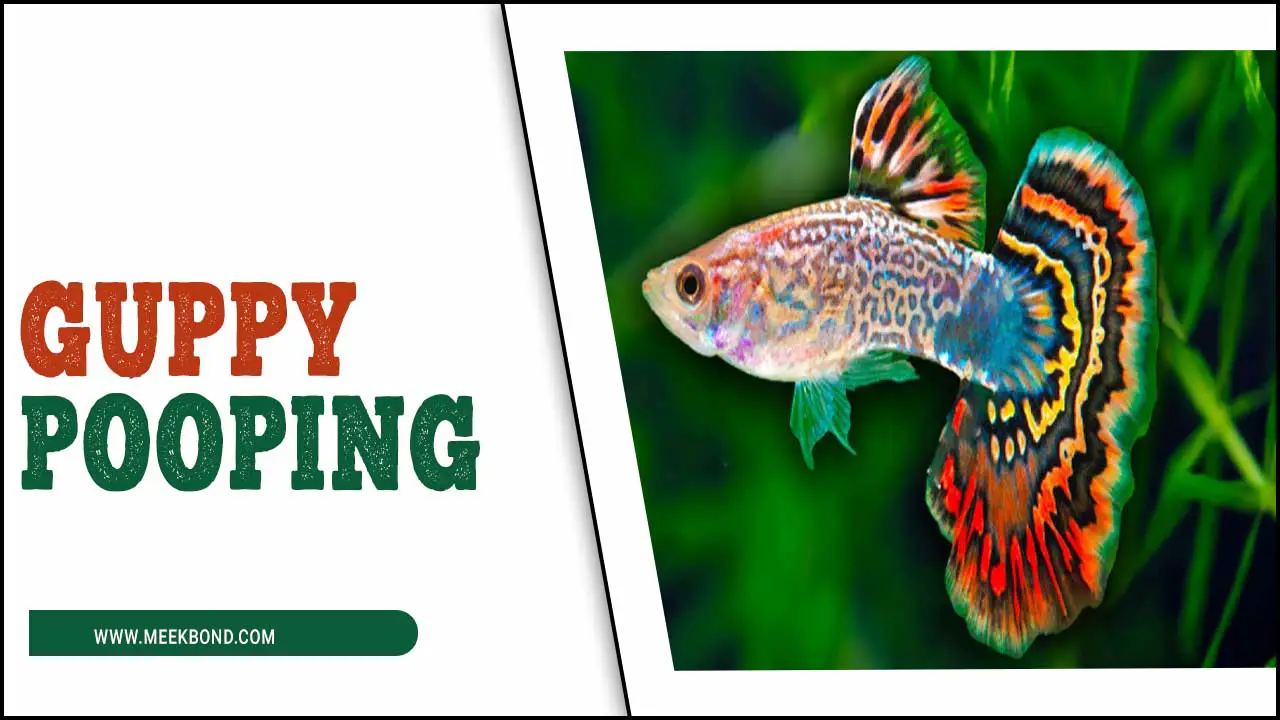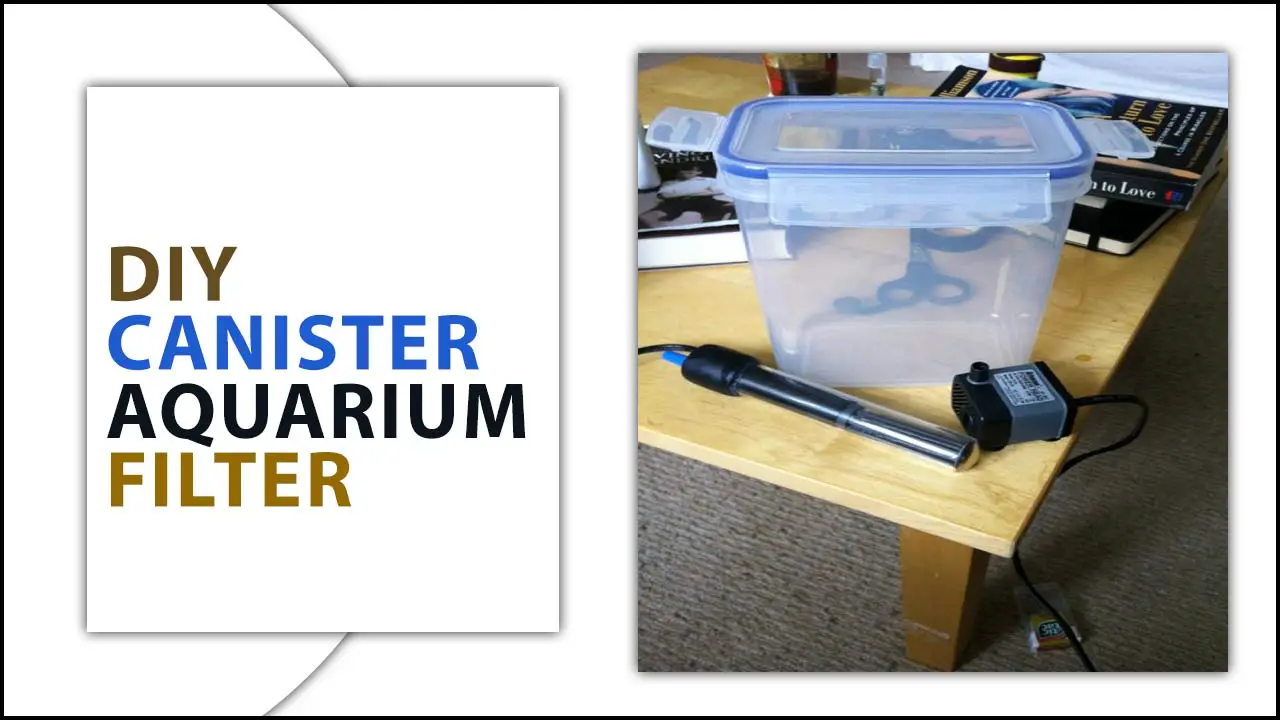Algae eaters can be a great addition to a goldfish tank. Not only do they help keep the tank clean by eating algae, but they also provide some additional interest and variety to the tank’s ecosystem.
However, choosing the right type of algae eater is important to ensure compatibility with goldfish. Here, we provide a comprehensive list of top algae eaters that you can choose from to maintain a healthy ecosystem for your goldfish. We also explain why it is essential to have algae eaters in your aquarium and how they complement the goldfish in the ecosystem.
Additionally, we warn you about algae eaters that may not be suitable for goldfish tanks and provide tips on keeping your aquarium clean and healthy. Read on to discover everything you need about algae eaters in goldfish tanks. We’ll also discuss algae eating with goldfish.
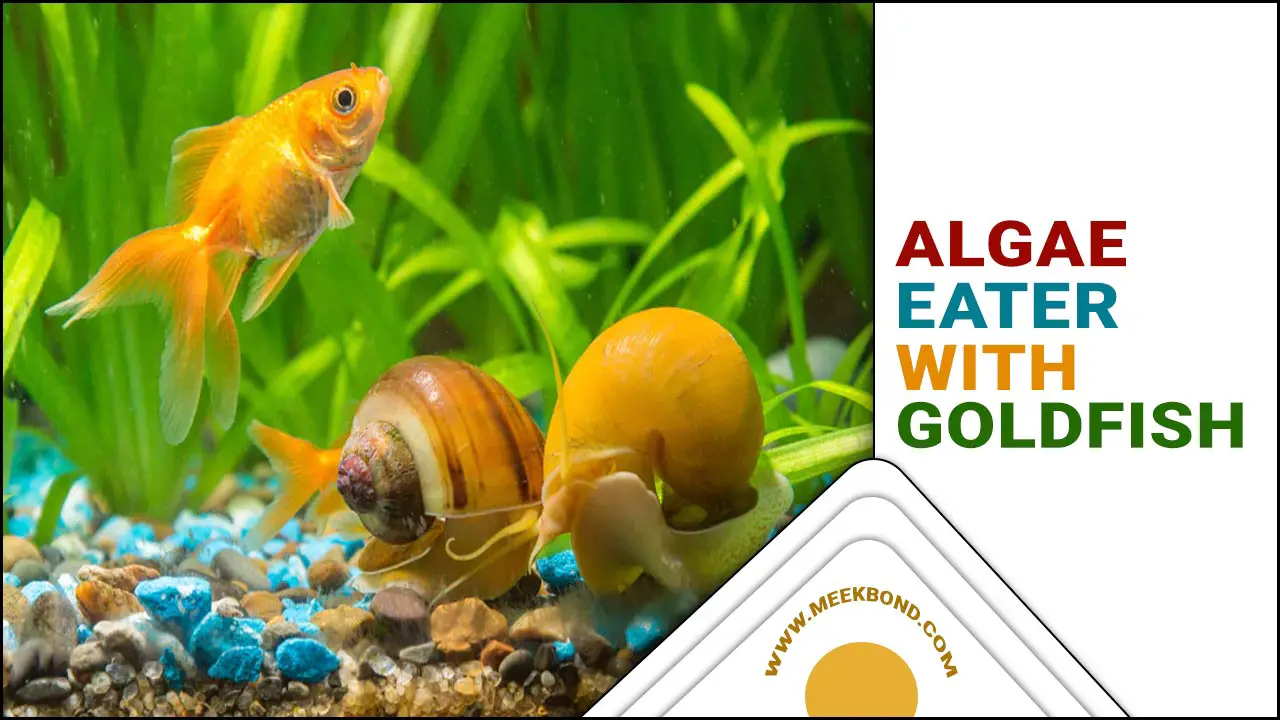
Top Algae Eater With Goldfish Tanks: A Perfect Aquarium Combination
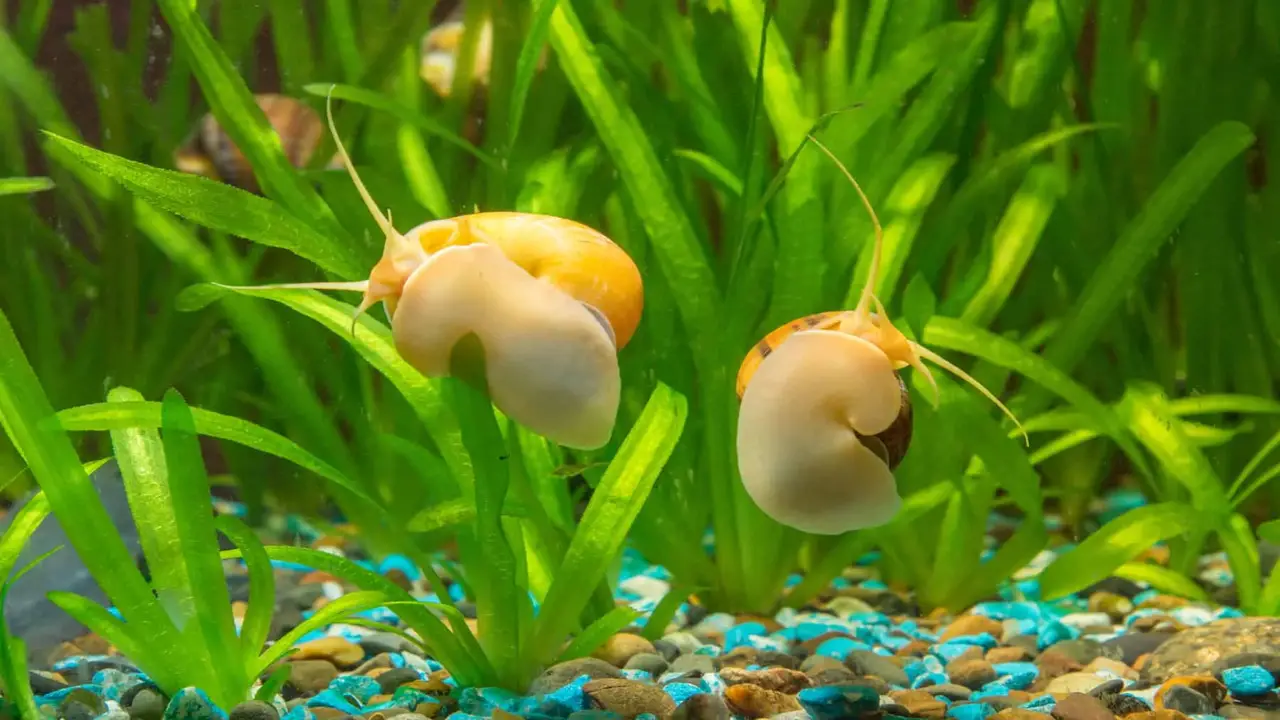
Maintaining a clean and healthy goldfish tank is essential for the well-being of your aquatic companions. Incorporating algae eaters into your setup can help control algae growth and keep your tank pristine. When selecting algae eaters for goldfish tanks, choosing species compatible with goldfish that won’t harm them is essential.
Snails, plecos, and shrimp are popular choices as they effectively consume algae and can thrive in a gold fish aquarium. Consider the size of your tank and the specific needs of your goldfish when choosing an algae eater. Proper care and maintenance, including regular water changes and monitoring water parameters, are crucial for a thriving ecosystem. Scroll down to get in details on algae eater with goldfish.
Bristlenose Plecos An Ideal Choice
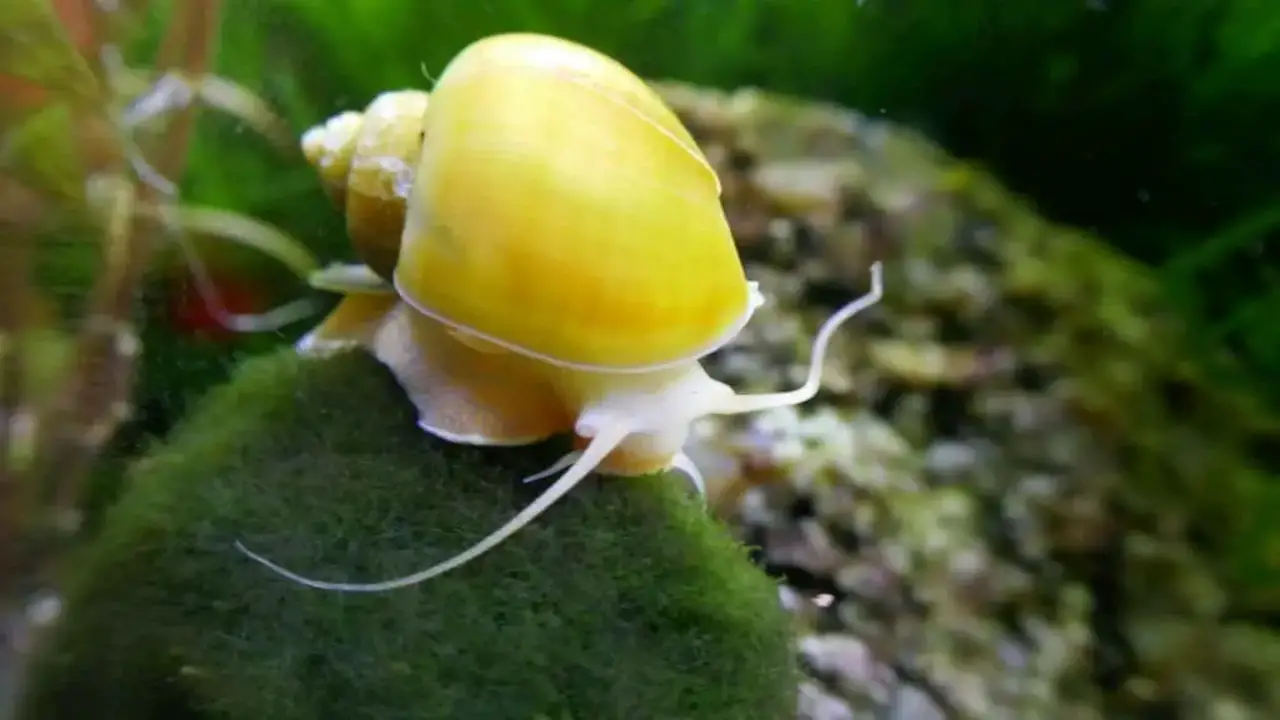
If you want to enhance your goldfish tank with an algae-eating companion, Bristlenose Plecos are ideal. These small fish are excellent at keeping the tank clean and free of algae without posing any harm to your beloved goldfish. They require minimal care and attention, making them easy to maintain in your aquarium.
With their unique appearance, Bristlenose Plecos can also add a touch of beauty to your tank’s aesthetics. Introducing a Bristlenose Pleco to your goldfish tank ensures a vibrant and thriving aquatic environment. Consider these efficient and visually appealing algae eaters a premium choice for your goldfish tank.
The Versatility Of Rubber Lipped Plecos
Rubber Lipped Plecos are a versatile addition to any goldfish tank. Not only do they consume algae, but they also provide companionship to the goldfish. These plecos come in various sizes, making them suitable for different tank sizes. They are easy to care for and can adapt to various water conditions.
With their unique appearance, featuring a spotted pattern and rubbery lips, Rubber-Lipped Plecos add visual interest to the tank. In addition to consuming algae, they help keep the tank clean by consuming uneaten food and debris. Adding Rubber-Lipped Plecos to a goldfish tank ensures a healthy and vibrant aquatic environment.
Amano Shrimp A Safe And Efficient Option
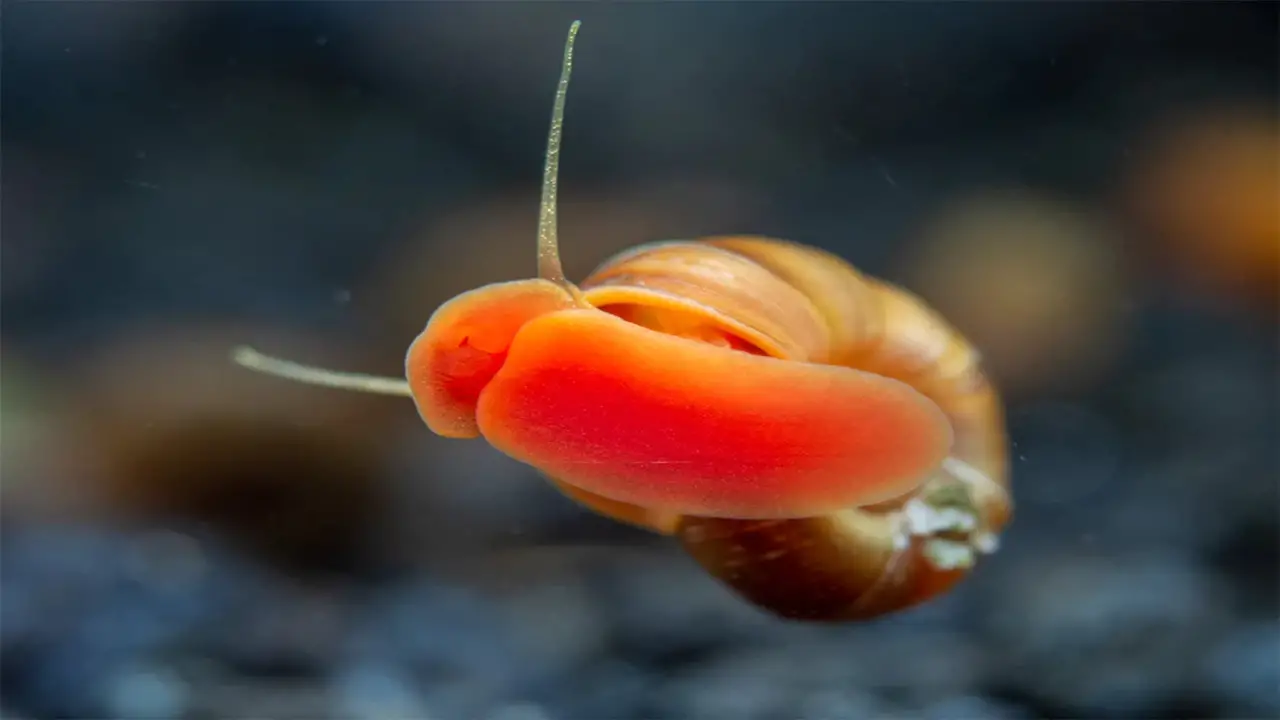
Amano shrimp are a safe and efficient option for goldfish tanks. These shrimp can help keep the tank clean by consuming algae, making them a great addition to your aquarium. They are peaceful creatures that won’t bother your goldfish or any other aquatic life in the tank.
Amano shrimp are hardy and can adapt to different water conditions, ensuring their survival in your goldfish tank. Their unique appearance and behavior also add visual interest to your aquarium. To ensure their well-being, provide enough hiding places for them to thrive in your goldfish tank.
Nerite Snails: A Popular Algae Eater For Goldfish Tanks
Nerite snails are a popular choice as algae eaters in goldfish tanks. These snails have the ability to clean up stubborn algae that other cleaners may miss, making them valuable additions to the tank. The best part is that they won’t harm your goldfish or plants.
Nerite snails are easy to care for and come in various colors and patterns, adding visual interest to the aquarium. They are hardy and can tolerate various water conditions, making them suitable for goldfish tanks. By adding Nerite snails to your goldfish tank, you can create a natural and balanced ecosystem.
The Significance Of Algae Eaters For Maintaining Aquarium Health
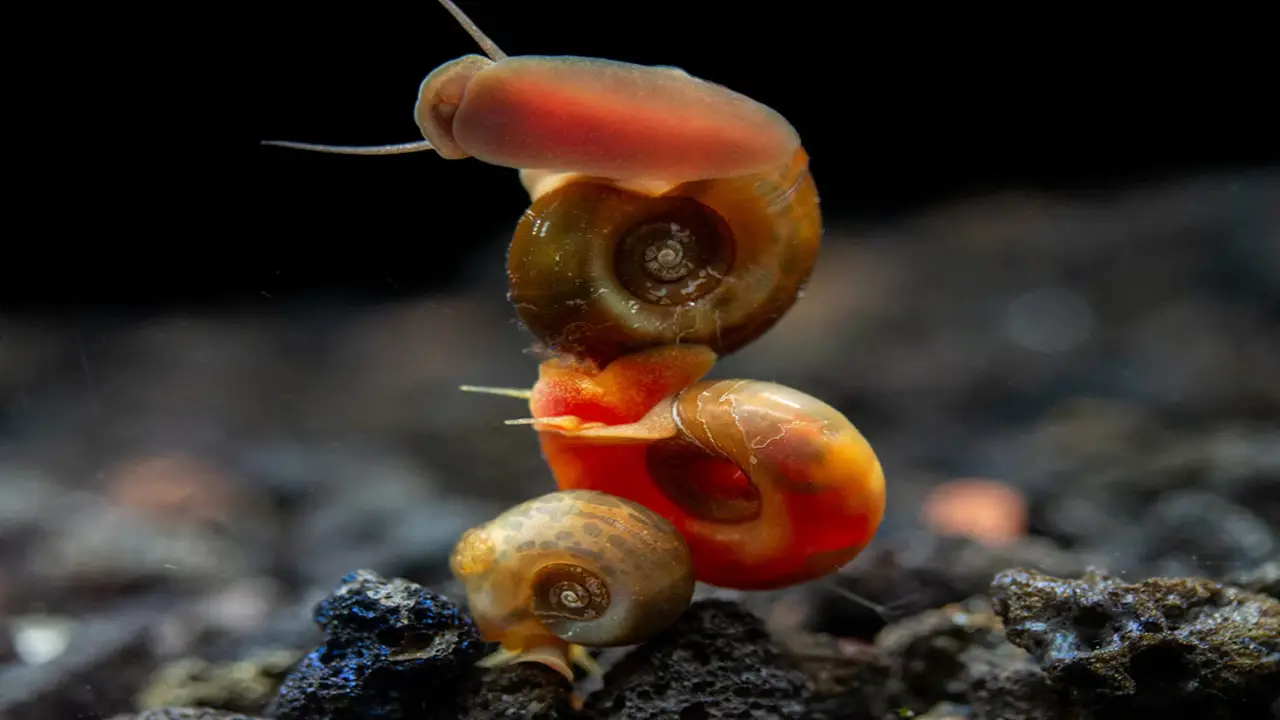
Algae eaters play a vital role in maintaining the health of your aquarium and providing a balanced ecosystem for your goldfish. These helpful tank mates help control algae growth, ensuring it doesn’t overrun your tank and harm your goldfish. Snails, shrimp, and various fish species like Plecos and Otocinclus are common algae eaters that can effectively keep algae at bay.
In addition to controlling algae, these creatures also contribute to keeping the tank water clean and clear, reducing the need for frequent water changes. Choosing the right algae eater for your specific tank setup and goldfish species is crucial for optimal results. Regular monitoring and maintenance of your tank and the presence of algae eaters will ensure the continued health and longevity of your goldfish and the algae eaters.
How Algae Eaters Complement Goldfish In The Ecosystem
Algae eaters play a vital role in maintaining the water quality of a goldfish tank. By consuming excess algae and waste, they help promote a healthy ecosystem. With their high waste production, Goldfish can lead to rapid algae growth, making algae eaters essential for a balanced tank.
These helpful creatures also contribute to keeping the tank clean and clear, improving visibility for a more enjoyable viewing experience. Popular choices for algae eaters in goldfish tanks include plecos, snails, and shrimp. However, it is important to research any algae eater’s specific needs and compatibility before adding them to your goldfish tank.
Algae Eaters To Avoid In Goldfish Tanks
While algae eaters can be beneficial for maintaining a balanced ecosystem in goldfish tanks, choosing them wisely is essential to avoid any potential issues. Some algae eaters can be aggressive towards goldfish or outcompete them for food. As a result, it’s best to avoid adding certain species, such as plecos or snails, to a gold fish tank, as they can cause harm to the fish.
However, some algae eaters can make good tankmates for goldfish, like some types of shrimp, such as Amano or ghost shrimp, which can help control algae without posing a threat. Researching and selecting compatible algae eaters is crucial for the well-being of your aquatic pets.
Reasons Not To Choose Chinese Algae Eaters
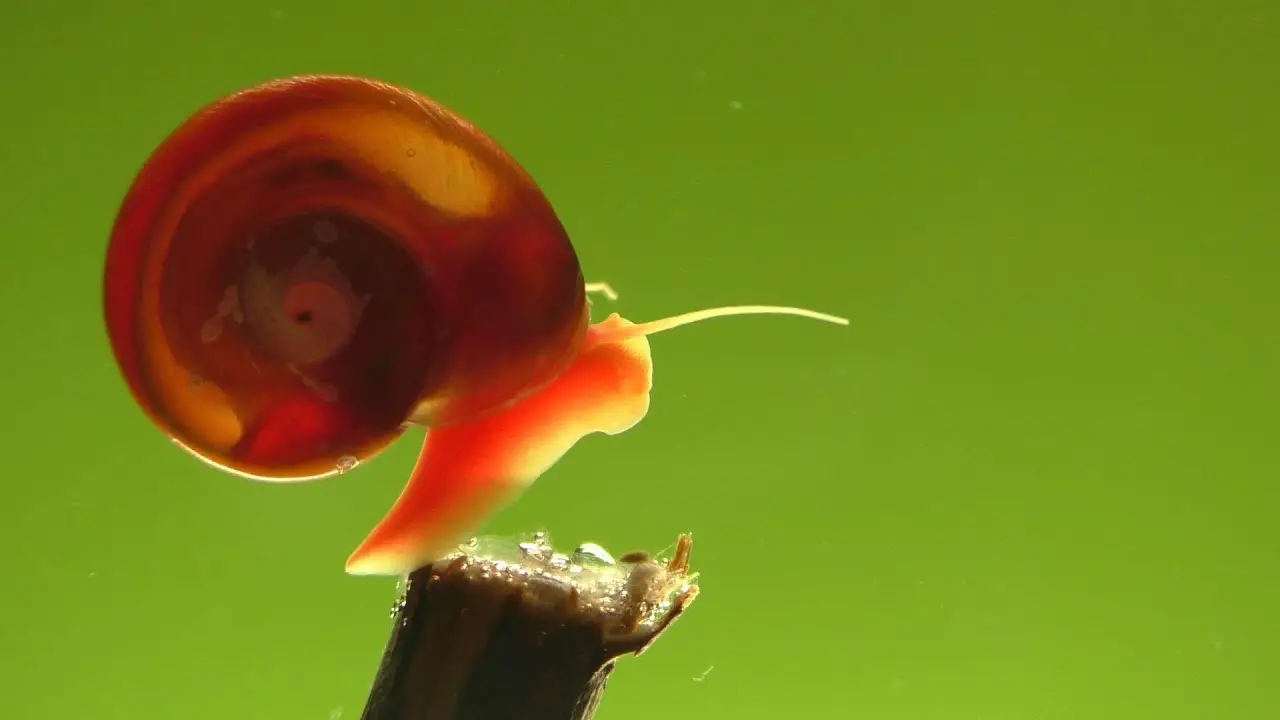
Chinese Algae Eaters may not be the best choice for your goldfish tank. These algae eaters become aggressive and may harm your goldfish and other tank mates. Another reason to avoid Chinese Algae Eaters is that they attach themselves to the sides of fish and feed on their slime coat, which can harm the fish.
Additionally, Chinese Algae Eaters can grow quite large, requiring a tank size bigger than what is recommended for goldfish. Instead, consider more suitable options like Siamese Algae Eaters or Bristlenose Plecos for your goldfish aquarium.
Why Hillstream Loaches Aren’t The Best Fit
Hillstream Loaches may struggle to survive in a goldfish tank due to their specific temperature and flow requirements. Goldfish can exhibit aggression towards Hillstream Loaches, leading to stress and potential harm. Additionally, the diet of Hillstream Loaches may not align with the feeding habits of goldfish.
Considering these factors, alternative algae-eating options such as Bristlenose Plecos or Chinese Algae Eaters could be more suitable for a goldfish tank. It’s crucial to choose tank mates that are compatible with goldfish and won’t cause any harm to the aquatic ecosystem.
Additional Measures To Keep Your Aquarium Algae-Free
While algae-eating fish like plecos and snails play a role in keeping your goldfish tank clean, there are other measures you can take to prevent excessive algae growth. Adequate lighting and controlling nutrient levels are essential for maintaining a balanced aquarium ecosystem.
Regular water changes and proper filtration also contribute to a clean and healthy environment for your goldfish. Additionally, adding live plants to the tank enhances its aesthetic appeal and helps inhibit algae growth naturally. Before adding fish species to your goldfish tank, constantly research their compatibility and diet preferences.
Do Algae Eaters Require Extra Care In A Goldfish Environment?
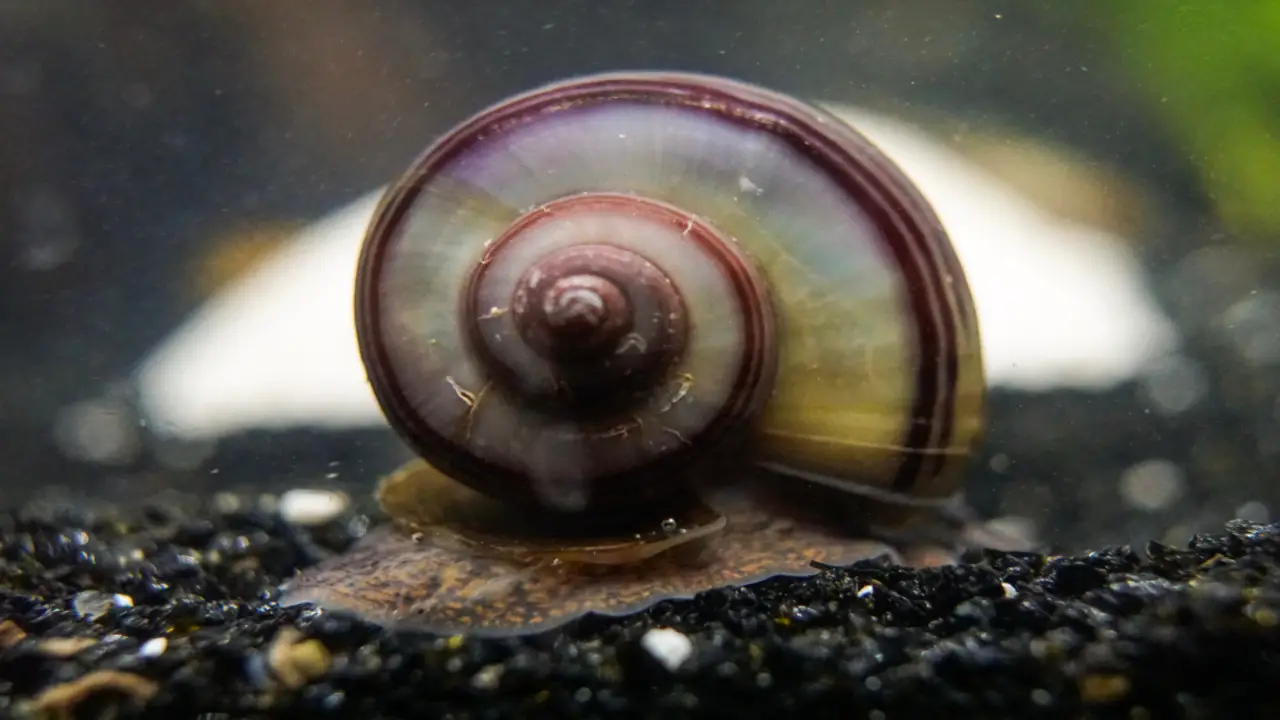
When keeping algae eaters with goldfish, providing extra care for the former is important. Goldfish produce a substantial amount of waste and can be aggressive, harming or stressing out algae eaters. Providing hiding spots for the algae eater is crucial to avoid such situations. A balanced diet is essential as they cannot survive on algae alone.
Adding protein-rich food like shrimp pellets or sinking fish can help maintain their health and well-being. Furthermore, keeping a close eye on the aquarium’s water parameters and performing regular partial water changes can also aid in promoting a healthy environment for goldfish and algae eaters.
Conclusion
Having algae eaters in your goldfish tank is a perfect combination for maintaining a healthy and balanced aquarium ecosystem. Algae eaters play a crucial role in controlling algae growth, which can be detrimental to the health of your goldfish. Bristlenose plecos, rubber-lipped plecos, amano shrimp, and nerite snails are some of the top options for algae eaters in a goldfish tank.
However, it is important to avoid certain algae eaters like Chinese algae eaters, hillstream loaches, and otocinclus catfish, as they may not be compatible with goldfish. Along with having algae eaters, practicing balanced feeding and regular water changes is essential to keep your aquarium algae-free. By maintaining a clean and healthy environment, you can ensure the well-being of both your goldfish and algae eaters. We hope you now understand algae eater with goldfish.
Frequently Asked Questions
What Cleaner Fish Can Be With Goldfish?
Algae eaters are a great choice for keeping goldfish tanks clean. Popular options include plecos, otocinclus, and Chinese algae eaters. However, it’s important to research the needs and behaviors of these fish before adding them to your tank. Avoid aggressive or territorial fish that may harm your goldfish.
What Eats Algae And Can Live With Goldfish?
Algae eaters like Plecos, Siamese algae, and Otocinclus catfish are suitable tankmates for goldfish. They help maintain a clean tank by consuming algae and other debris. However, choosing the right algae eater that won’t outgrow or become aggressive toward the goldfish is essential. Providing a balanced diet is crucial for their health alongside natural algae in the tank.
Why Is My Algae Eater Attacking My Goldfish?
Algae eaters are typically peaceful fish, so it’s concerning if they start attacking goldfish. This behavior could be due to territorial disputes or a lack of food. Ensure enough space and hiding spots for all fish in the tank. If the aggression continues, seek advice from a veterinarian or aquarium specialist.
Is There An Algae Eater Safe To Put In With A Goldfish?
Yes, you can safely add an algae eater to your goldfish tank. Popular options include plecos, snails, and shrimp. However, it’s important to research the specific needs and temperament of the algae eater before introducing it to ensure compatibility. Adding an algae eater can help maintain a clean and healthy aquarium environment.
What Cleaner Fish Can Live With Goldfish?
Algae eaters are an excellent choice for cleaner fish that can coexist with goldfish. Popular options include plecos, otocinclus, and Chinese algae eaters. It’s crucial to research their specific needs and compatibility before introducing them to your aquarium. Regular water changes and proper maintenance will also contribute to a clean and healthy environment for all inhabitants.

Aquarium passion is all about connecting with the aquatic life and providing education to the public on the importance of these creatures. We showcase a wide variety of marine life through our exhibits as well as working with schools to provide unique learning opportunities for students of all ages.

